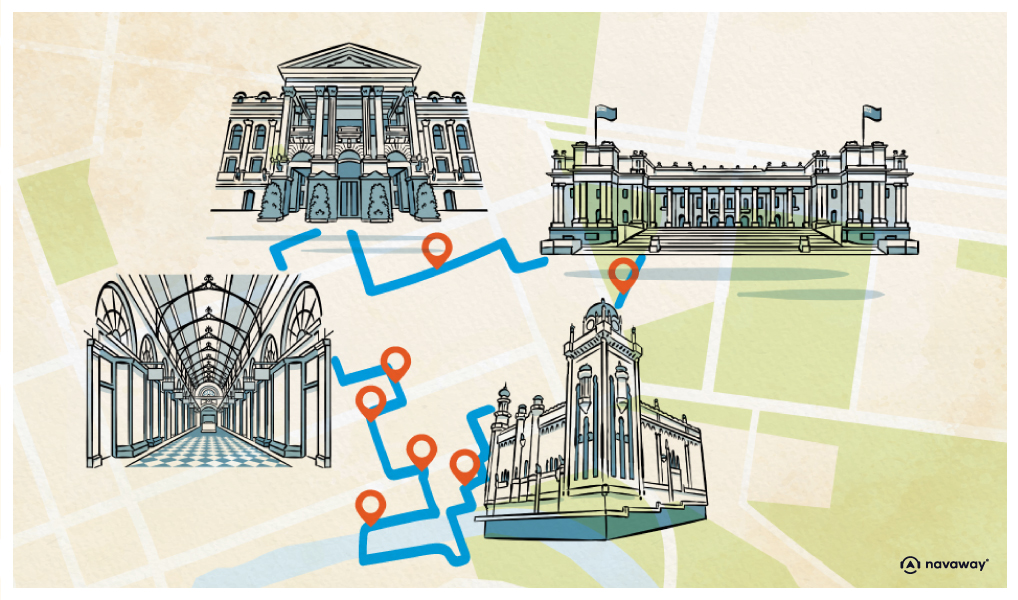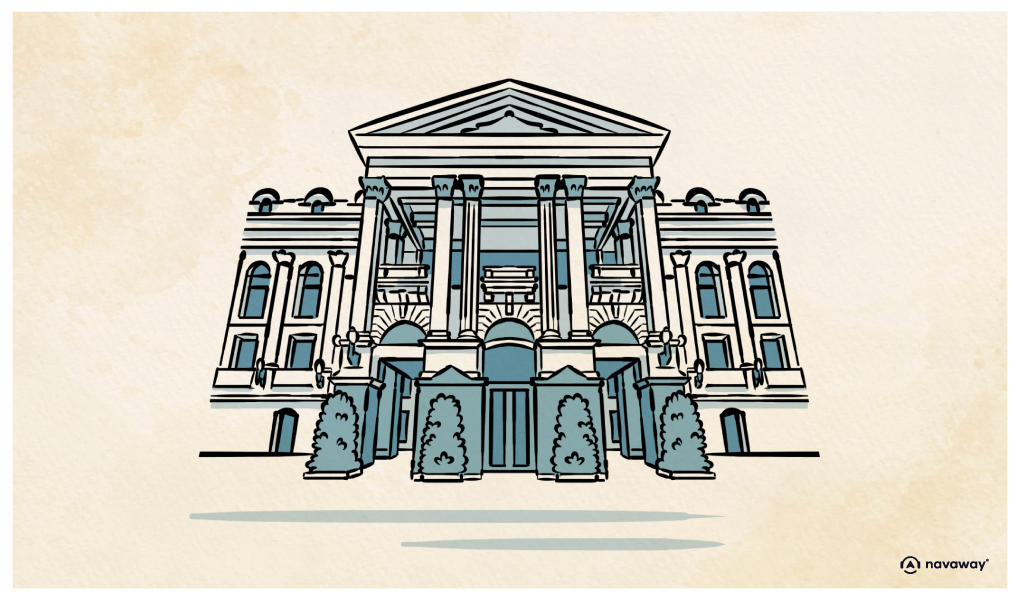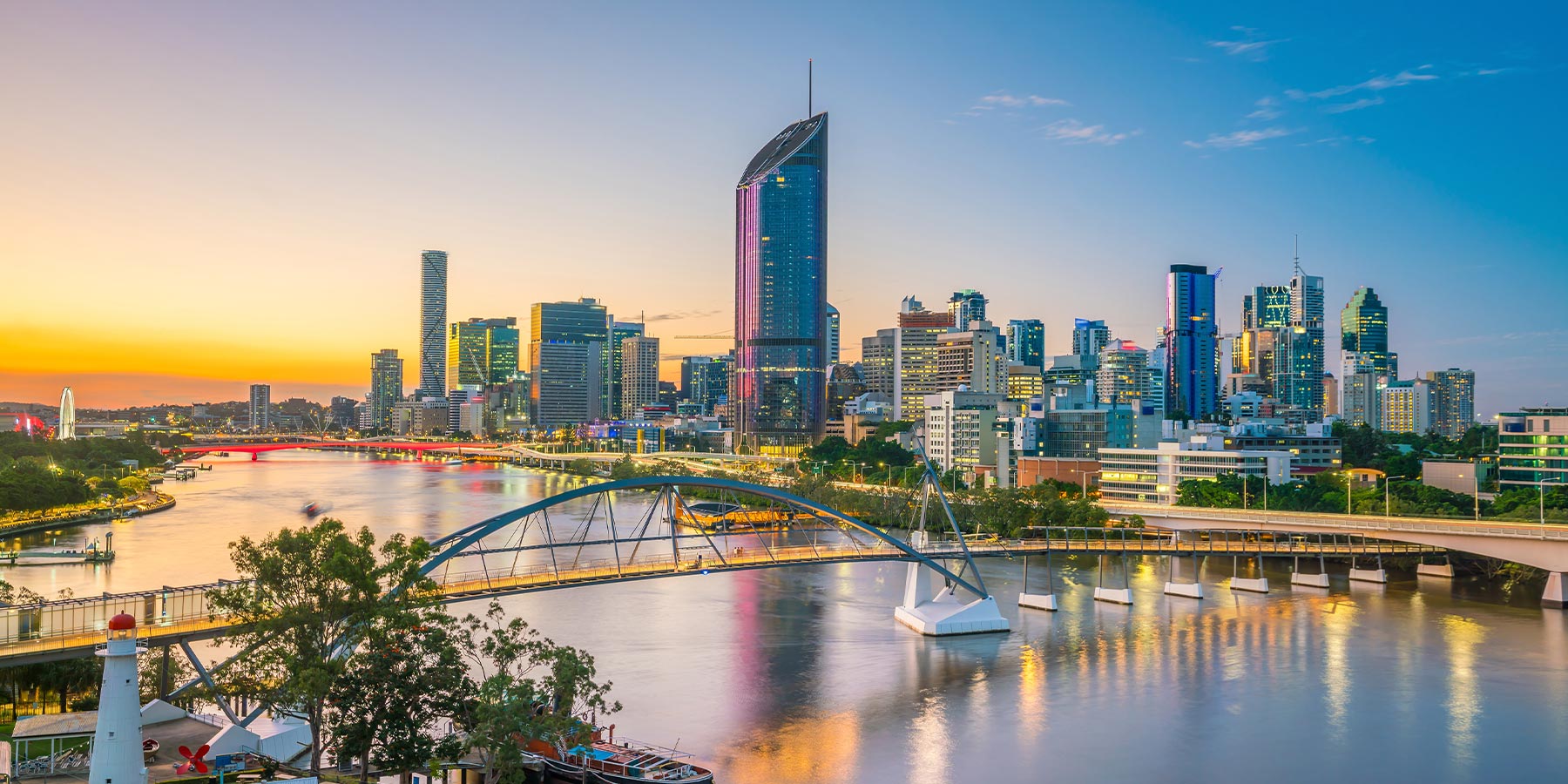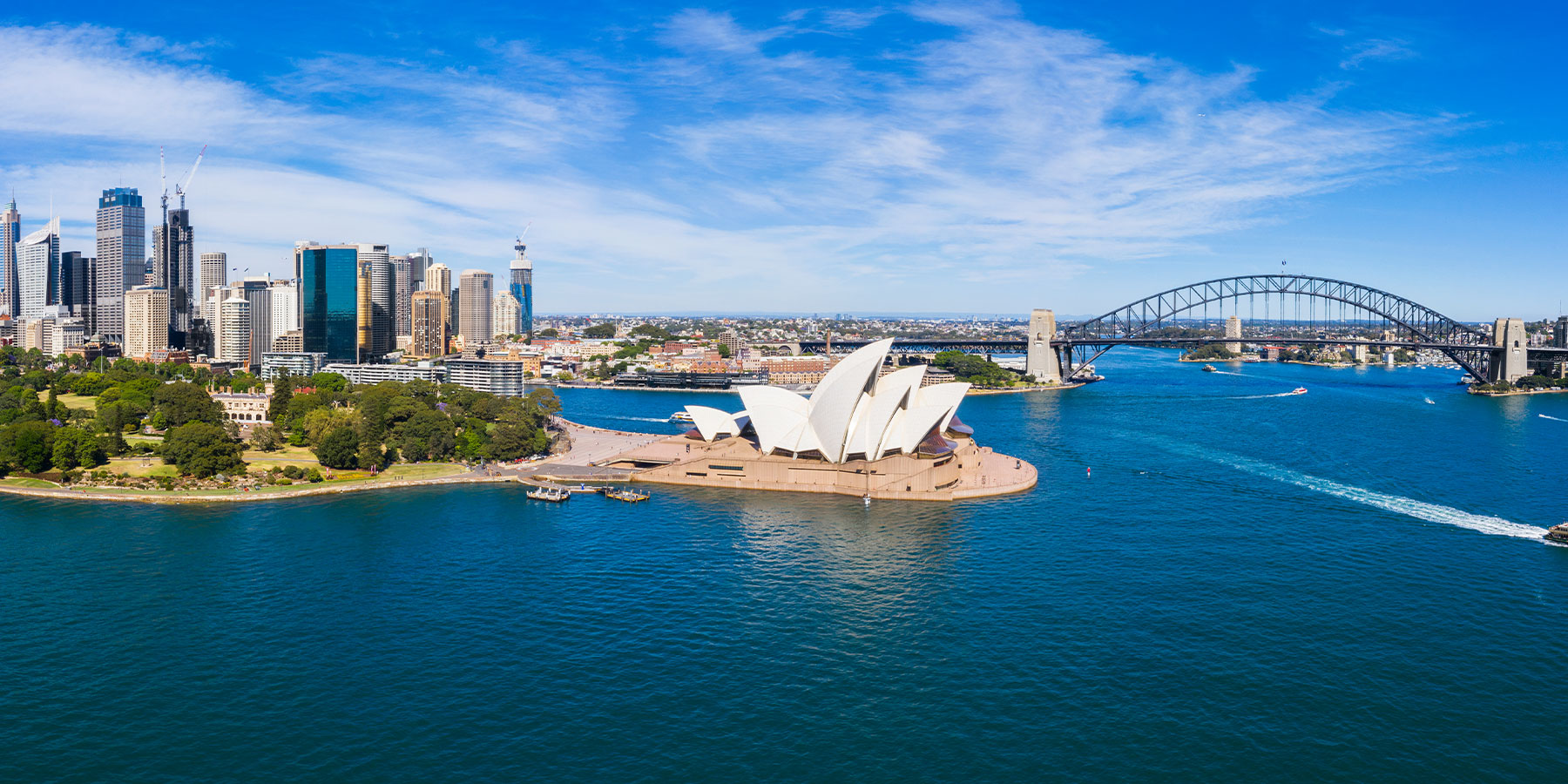
History of Melbourne

This point of interest is available as audio on the tour: Visit Melbourne, Australia’s sporting and cultural capital
You’re now standing in front of Melbourne’s City Hall. Melbourne was officially declared a city on December 13, 1842, with Henry Condell as its first mayor. Let’s rewind to Melbourne’s early days, back when European settlers first arrived. Australia has been inhabited for around 50,000 years. European explorers only reached its shores in the 17th century. British colonization officially began in 1788 with a penal colony established in Sydney. January 26th marks the landing of the First Fleet of Great Britain in the country; there were approximately 1,000 people, among them 736 convicts. This day is commemorated as Australia Day, the country’s official national day. Over the next century, Britain sent roughly 160,000 convicts to various Australian penal colonies. And yes, it all started with outlaws. The first settlers faced great hardships, including famines and extreme living conditions. The United Kingdom then created several new colonies, starting with its very first, New South Wales, which at the time took up the entire eastern half of the country. Two of these, Victoria and South Australia, were founded as “free colonies”, meaning they never accomodated convicts. And then, the free settlers, as they were called, made a deal with the Aborigines. The Crown was not at all pleased! Enter the famous Batman’s Treaty. John Batman was one of Melbourne’s founding fathers! He first landed on the banks of the Yarra River, home to Wurundjeri people for thousands of years. After much talking, the Aborigines performed a tanderrum ceremony, to grant the outlanders temporary access to the resources of their land. Batman and his people thought of this symbolic gesture as a sale – a misunderstanding one would say. The thing is, the European concept of property rights is completely foreign to the indigenous peoples, who see the treaty more as an exchange of gifts. Even so, this is the only documented attempt to reach an agreement on land use between white settlers and local indigenous peoples. Batman believed the treaty was valid until his death in 1839. But – and there’s a big but! Governor Bourke immediately issued a proclamation formally declaring that agreements, such as Batman’s treaty, were “null and void as against the rights of the Crown” and that any person standing on, and I quote, “vacant Crown lands” without permission was trespassing. And yes, the Empire didn’t care much for free settlers buying land directly from the Aborigines. Not to mention that the English Crown did not acknowledge the Aborigines as having any claim to Australian land. Back to Melbourne, the government cancelled the treaty, but let the settlers stay. In 1836, Bourke declared the city the administrative capital of the Port Phillips district and ordered its first urban development plan. Though briefly known as Batmania, the colony was eventually named Melbourne on April 10, 1837, after the British Prime Minister at the time. Now you know all you need to know about the early history of this great Australian city. The Town Hall you see here today is the seat of the city’s municipal government, and it also hosts concerts, plays and other major events.


Discover Melbourne with app
An interactive guide through the most beautiful streets, squares, and districts
20 fun audioguides full of historical facts, anecdotes, and legends




Comments